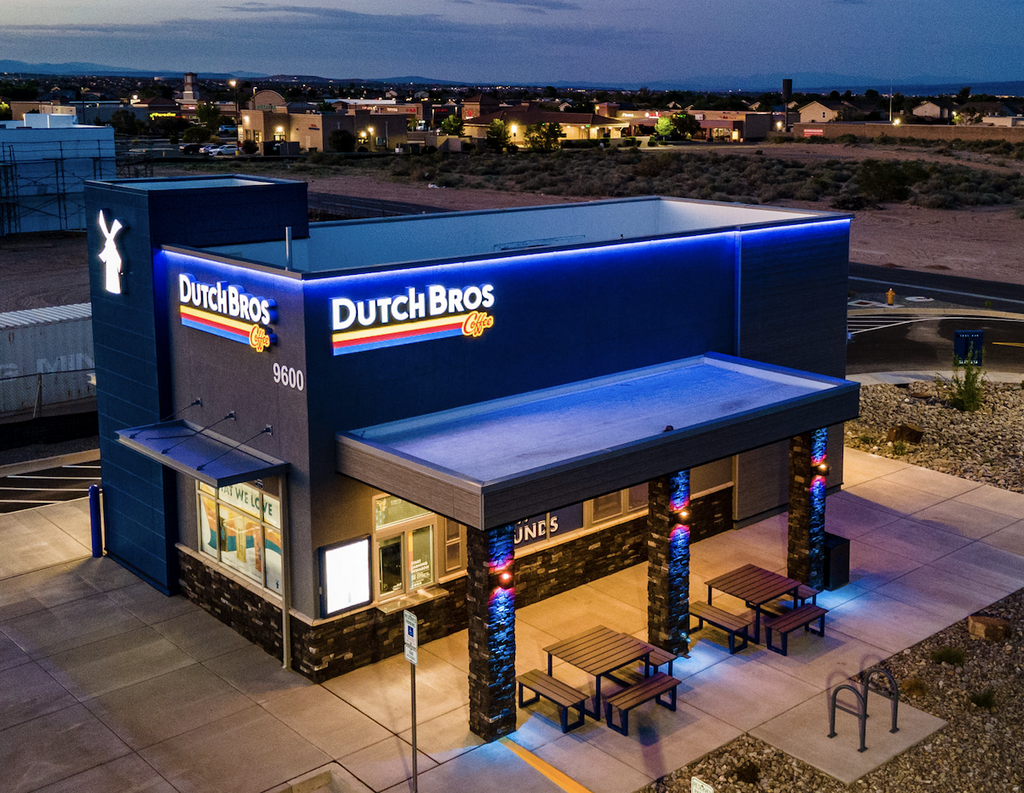
Big Lots, a well-known discount retailer, is facing significant financial difficulties, prompting the company to announce plans to close up to 315 stores nationwide. This move represents a dramatic increase from its original plan to shutter 35-40 locations earlier this year.
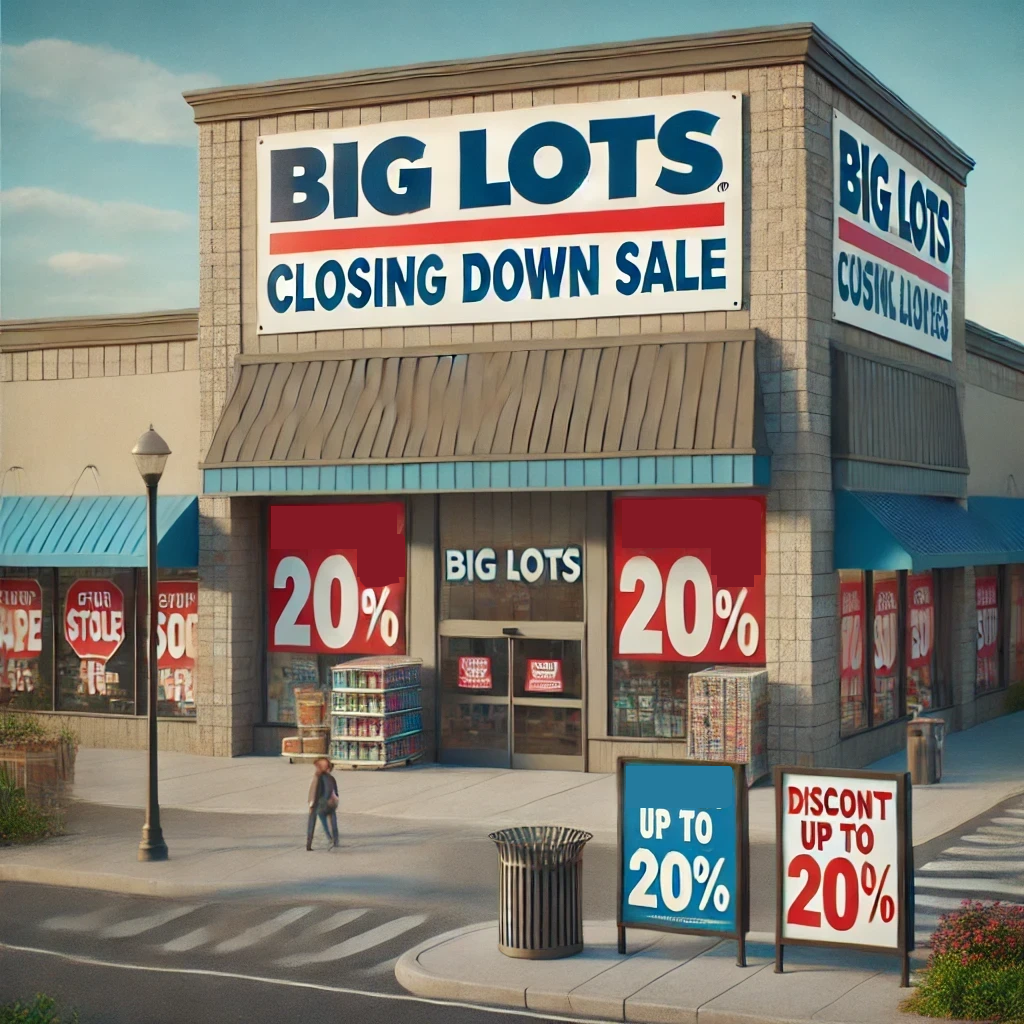
The closures are part of a broader strategy to address declining sales and increasing long-term debt, which have severely impacted the company’s financial stability.

In the first quarter of 2024, Big Lots reported a 10.2% drop in net sales, with long-term debt rising from $501.6 million to $573.8 million compared to the previous year. The company’s CEO, Bruce Thorn, has attributed these financial woes to a reduction in consumer spending, particularly on high-ticket items, as well as the broader economic challenges that have affected many retailers in the post-pandemic landscape.

The impact of these closures is particularly pronounced in states like Arizona, where more than half of the Big Lots locations are expected to close.
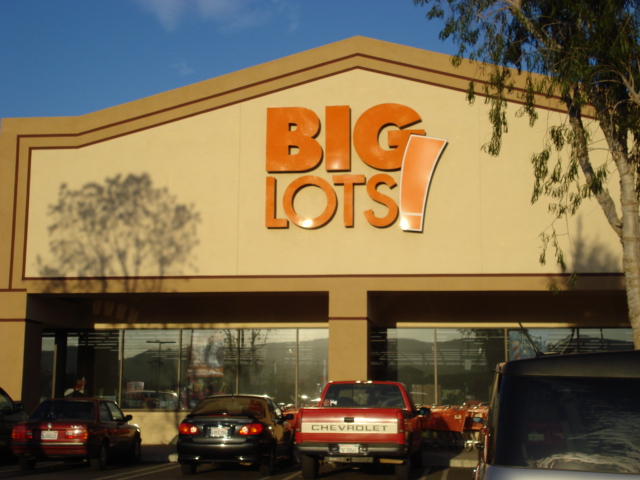
In Florida, the company is also shutting down several stores, including one in Orange Park. The closures will affect communities by reducing retail options and leading to job losses, though the company has stated that employees at closing stores may have the opportunity to transfer to other locations.
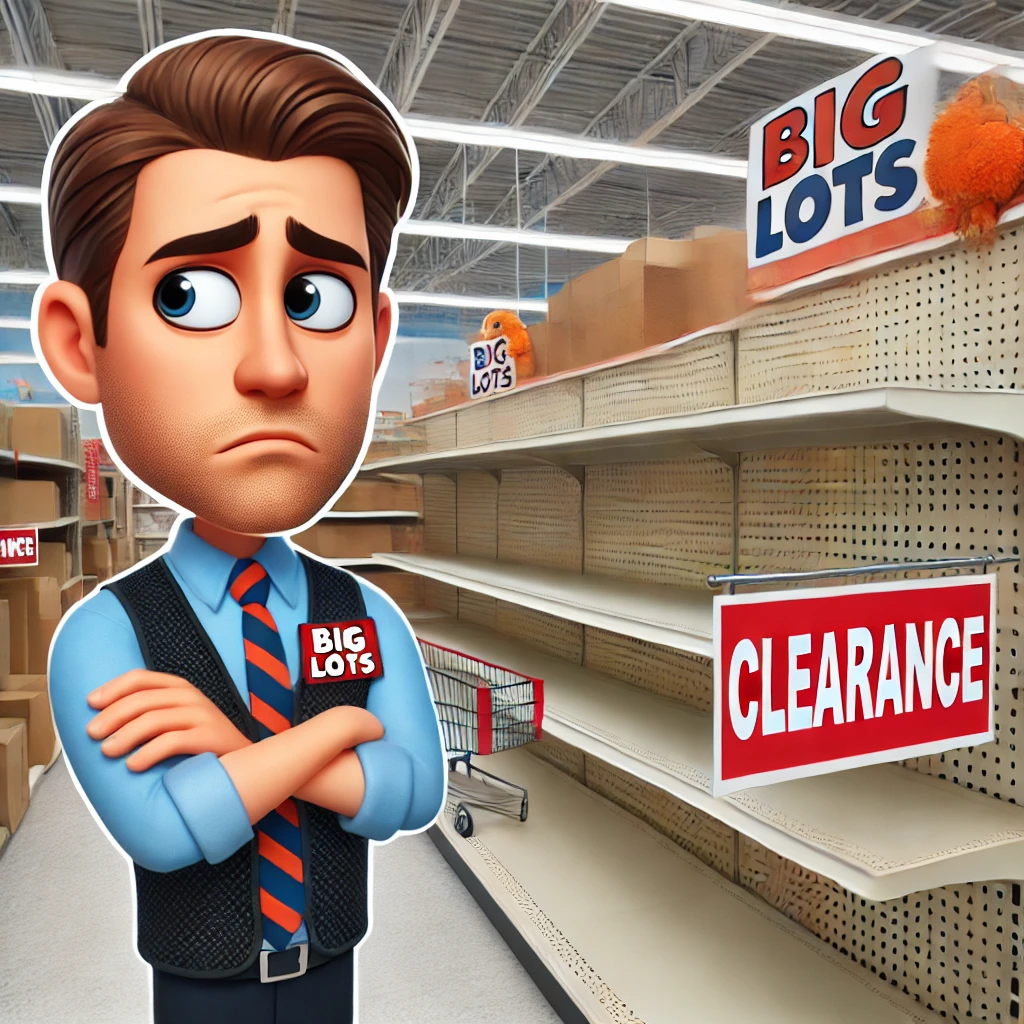
This decision comes on the heels of Big Lots issuing a “going concern” notice, indicating substantial doubt about its ability to continue operating without significant restructuring.
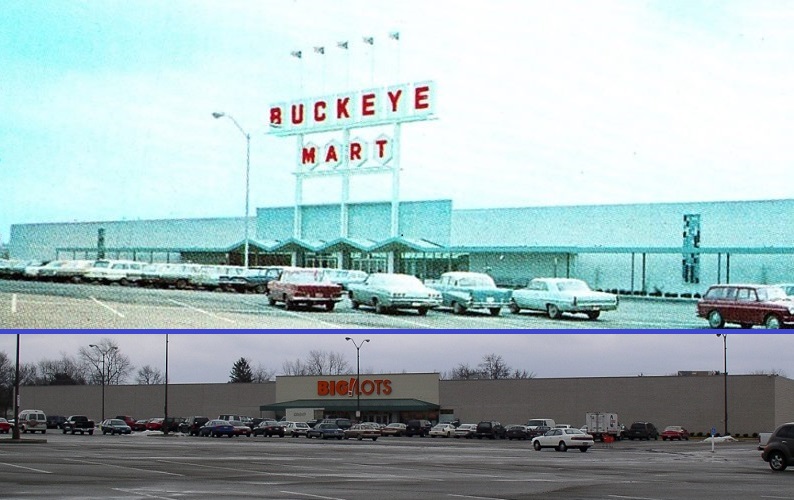
As part of its response, the company is focusing on returning to its roots in the bargain retail space, with efforts to improve its competitive position through aggressive pricing strategies and product offerings.

The situation at Big Lots highlights the ongoing challenges faced by many traditional retailers as they navigate a volatile market environment, characterized by inflation, changing consumer habits, and intense competition from e-commerce giants.
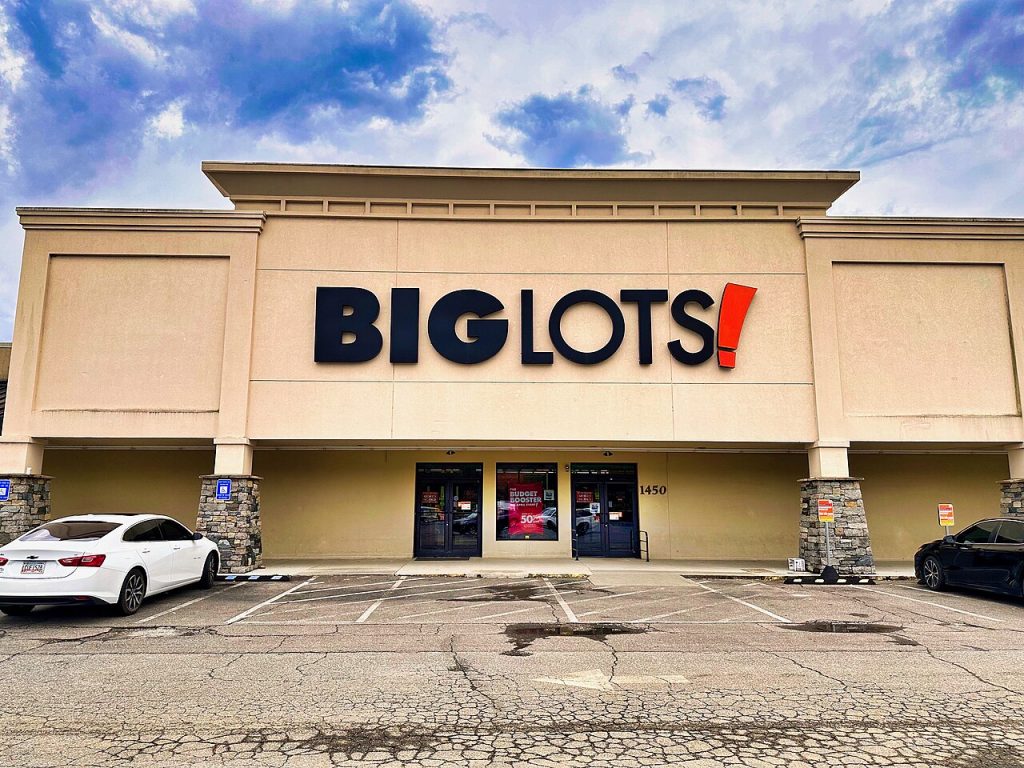
As of August 8, 2024, Big Lots’ stock was trading at $1.09 per share, reflecting the market’s reaction to the company’s ongoing struggles. The retailer has been exploring various options to improve liquidity, including seeking new loans, but faces ongoing uncertainty about its future viability.





